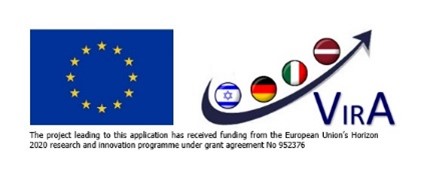
Marion Schneider
Professor
Professor Marion Schneider, Ph.D., Head of Section Experimental Anesthesiology, focuses on the development of biomarker protocols for diagnostics in inflammatory diseases.
A number of tasks concentrate on technical developments to facilitate functional assays understanding immune dysfunction. This is achieved by close contact with the clinicians in the field of surgery and anesthesia. Since recently, the effect of danger signaling by DAMPs (Danger associated molecular patterns) in addition to pathogen induced effects by PAMPs (Pathogen associated molecular patterns) has become a major focus in the group. One major DAMP related to the manifestation of major depression and other affective disorders has been identified to be genomic DNA released from leukocytes. The Calcium-dependent formation of neutrophil derived extracellular traps (NETs) is currently monitored in blood of intensive care patients and in cerebrospinal fluid of patients with affective disorders. In parallel, biomarkers such as LBP (lipopolysaccharide binding protein), IL-1β, IL-6, IL-8, IL-10, TNF-α and ferritin are monitored as well as erythropoietin, which may indicate hypoxia in a given tissue. Concentrations of genomic dsDNA and ssDNA are quantified. Results were implemented into the recent FP7 project on cavity-enhanced microarray as an ultra-sensitive tool to aid the diagnosis of systemic inflammation (in patients at risk of sepsis). Questions addressing trafficking of immune cells into the brain are currently addressed by a unique technical set-up using fluorescence microscopical examination of brain-derived endothelial cell layers, blood borne dendritic cells and perfusion with cerebrospinal fluid using pulsatile fluxes.
Teaching concentrates on practical courses in Immunology, SNP sequencing and Ex-Vivo Modeling of disease states for students in Molecular and Human Medicine. In addition, we run an introductory course on ILCS (ex-vivo whole blood stimulation assay), SNP sequencing by pyrosequencing, and ELISA, in addition to flow cytometry phenotyping for Bachelor Students in Molecular Medicine. A similar course is also provided for researchers from industry and other universities on individual request. About 30 participants are taught per year.


